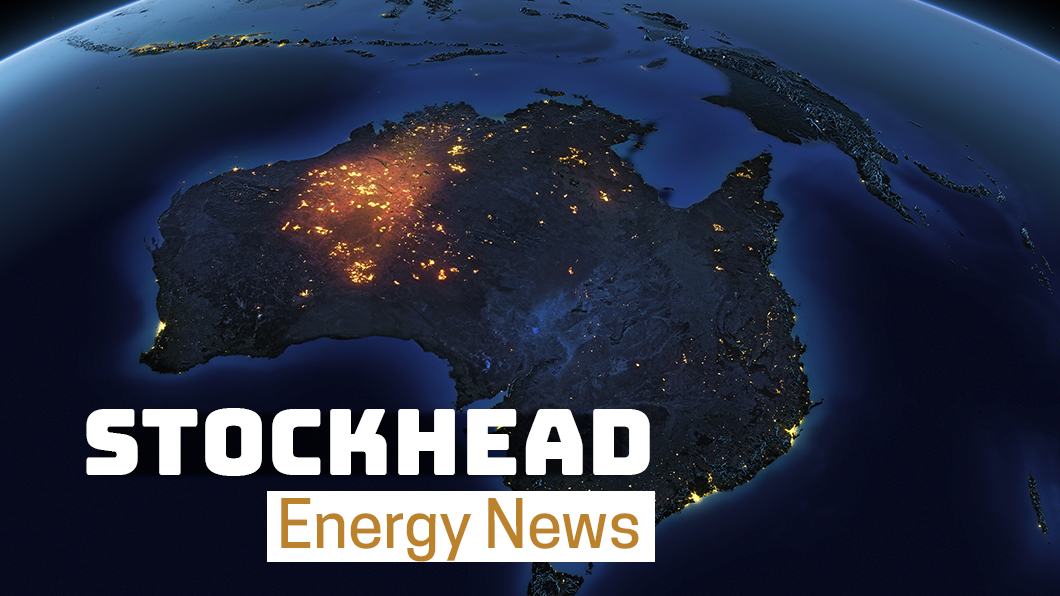5 reasons why the oil crisis might not be over yet

Pic: Matthias Kulka / The Image Bank via Getty Images
If the COVID-19 pandemic is under control enough for economy reopening to continue and drive oil demand, and if crude producers cut by as much as they say they will, oil prices could be back up to $US40-50 ($62-77) by 2021.
But a lot has to go right for that to happen, according to a report from the Oxford Institute for Energy Studies (OIES).
“The combination of these demand (easing the lockdowns) and supply factors (OPEC+ cuts and the severe reductions in supplies outside OPEC+) could balance the market as soon as Q3 2020,” OIES researchers Bassam Fattouh and Andreas Economou wrote this week.
“[That would mean] the expected massive surplus of 20.6 mb/d [million barrels per day] in Q2 turns into a 1.5 mb/d deficit, with the market reversing into a 5 mb/d deficit for 2021 as a whole.
“In this case, oil prices could find important support from market fundamentals, with Brent recovering to the $40-50/b range for most of 2021.”
However, a number of elements have to fall into place for that to happen.
1. It’ll take months to bring stored crude stocks down
Oil prices sank last month when American oil futures contracts for May were expiring. Too much production combined with declining storage capacity meant traders rushed to sell out of the contracts or be left holding physical oil with nowhere to store it.
That was preceded by a collapse in demand by 33mb/d and an OPEC production increase to 30.4 mb/d.
US benchmark price West texas Intermediate (WTI) fell to -$US37.63 a barrel. It is now back up to about $US24. Global benchmark Brent was just under $US30 a barrel at the time of writing.
“Given the high volumes of stocks accumulated during the last few weeks, even if the oil market balances on a flow basis in the second half of 2020, it will take months for OPEC+ to bring crude stocks within an ‘acceptable’ range,” Fattouh and Economou wrote.
“The high level of stocks, alongside the rise in spare capacity as a result of the OPEC+ cuts, will keep a ceiling on the price recovery.”
2. Demand isn’t coming back soon
The OIES analysis suggests that the oil demand recovery is expected to be slow in 2020 and only gradual through 2021.
It’ll take until the fourth quarter of 2021 — by June in 2022 in other words — for demand to come back.
“For 2020, estimates suggest that [year over year] oil demand growth could contract by 11.4mb/d and rebound by 10.6mb/d in 2021,” Fattouh and Economou said.
3. We don’t really know how economies will go post-COVID
There is considerable uncertainty around the “shape” of the post-pandemic recovery.
Policy responses have varied by country in duration and stringency, and these have impacted on different industries more or less harshly — transport being the worst hit.
The OIES researchers say consensus is that easing will be gradual through the second quarter and all mobility restrictions will be lifted by the third — or early next year.
“A weaker recovery in oil demand will delay the rebalancing process by a quarter even with 100 per cent OPEC+ compliance to the output cuts and the more severe and persistent shut-ins of non-OPEC production.”
4. A lot depends on OPEC+
OPEC+ countries struggled to adhere to quota limits in the good times let alone the more recent bad ones.
Countries like Russia, Iraq and Nigeria were bad at complying with quotas when they were low.
“At least for the next few months, compliance is expected to be reasonable for a number of reasons. First, some producers are finding it increasingly difficult to market all their volumes in this current environment,” Fattouh and Economou said.
Second, the cost of noncompliance became clear by the last few months’ very low oil prices, and Saudi Arabia has shown very low tolerance for non-compliance.
“If OPEC+ producers fail to abide by their quotas, the market rebalancing will be delayed till the end of 2020,” they wrote.
“Even in a scenario in which total OPEC+ compliance averages 70 per cent, then not only will the expected surplus in 2020 be 2 mb/d higher than our reference case on annual terms, but also annual Brent will fail to recover above the $US30/b mark,” Fattouh and Economou said.
5. This is bigger than ’14
The scale of the current demand shock is much bigger than in 2014, when prices sank to the $US30s from over $US100 a barrel.
The financial position of all players is weaker so the production shut-ins will be deeper and faster in this cycle.
“The pipeline for new mega projects has almost dried up as most of the projects approved in the $100/b price environment between 2010 and 2014 have come into production in the last few years and these have not been fully replaced by new ones,” Fattouh and Economou said.
“Limited access to finance means that most US shale operators have to operate within cashflow. In an environment of low prices, cashflow generated will not be sufficient to maintain high levels of activity which will impact supply growth.
“For landlocked crudes such as those produced in Canada and Russia, limits to storage, pipeline infrastructure constraints and low physical prices mean producers have no choice but to shut in production.”
Related Topics

UNLOCK INSIGHTS
Discover the untold stories of emerging ASX stocks.
Daily news and expert analysis, it's free to subscribe.
By proceeding, you confirm you understand that we handle personal information in accordance with our Privacy Policy.








